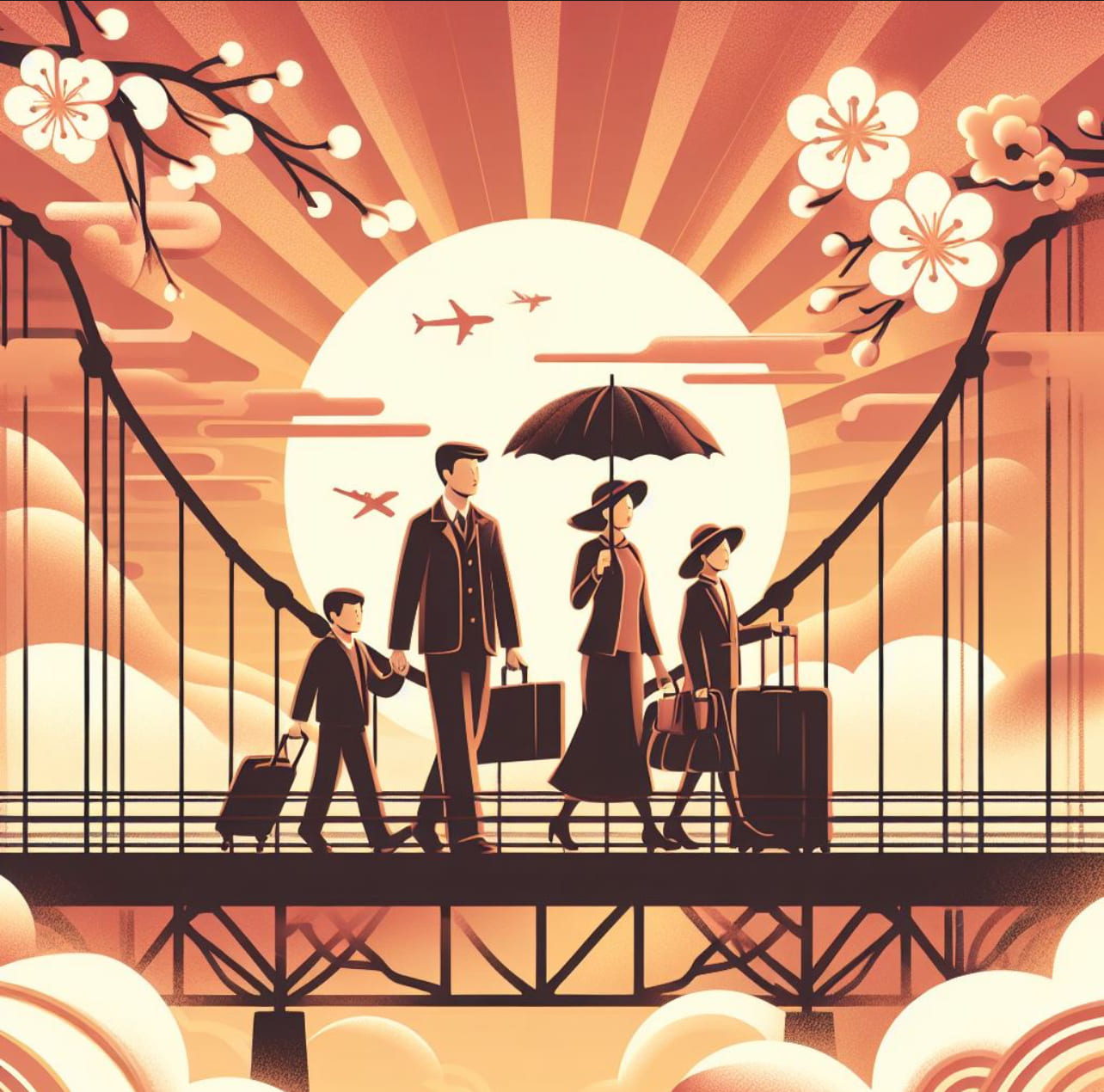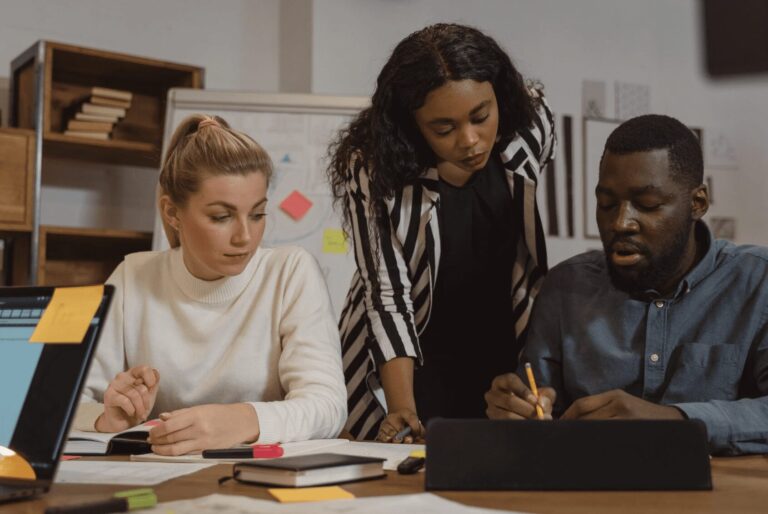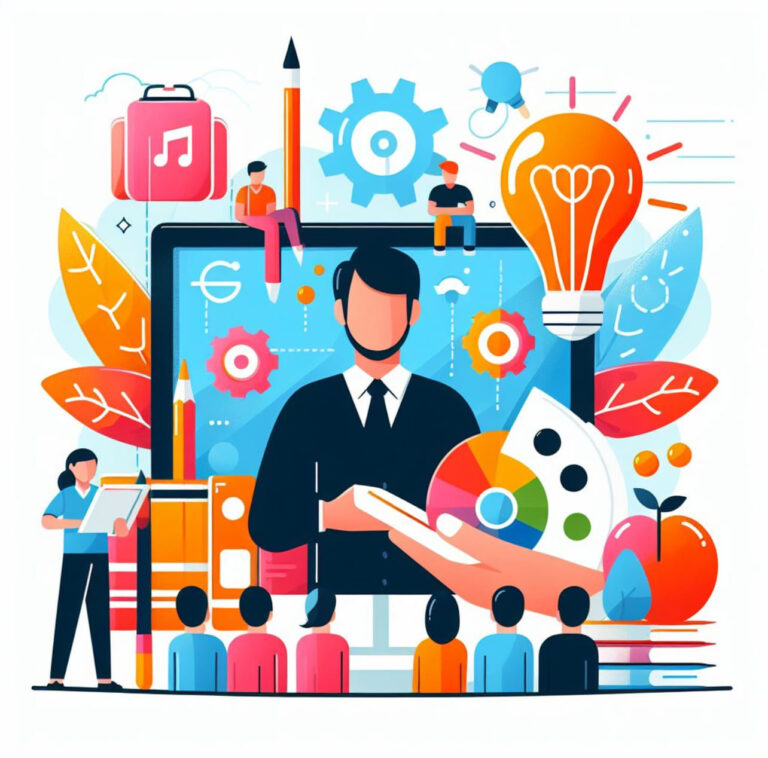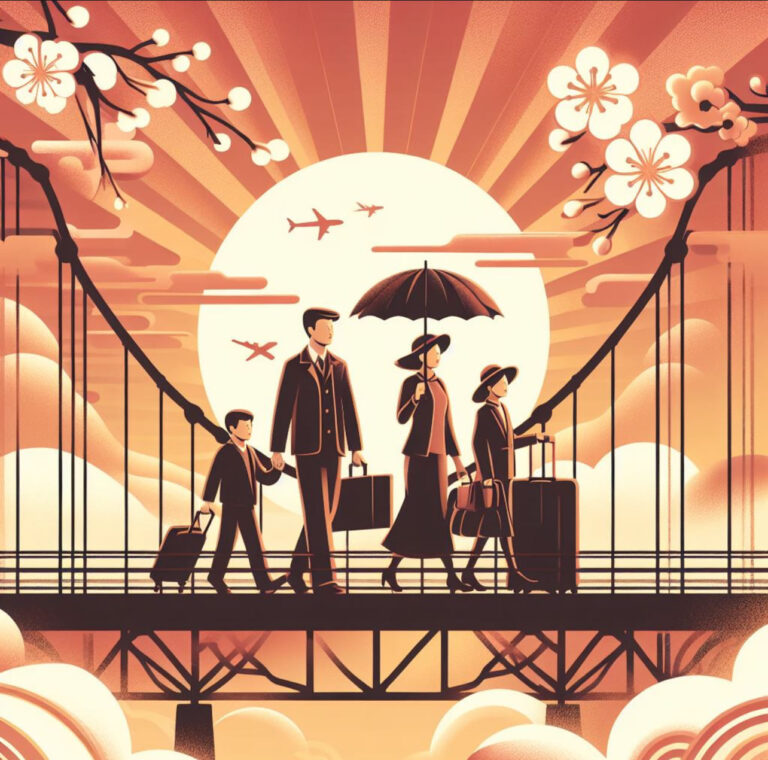

The Changing Face of Family: How Immigration, Diversity, and Technology Are Transforming Our Relationships
How are families changing now? Have you ever wondered how immigration, diversity, and technology change how we relate to our families? How do these factors affect our identity, belonging, and connection? Similarly, how do they shape our expectations, values, and behaviors as family members? This article will explore these questions, using examples from movies that depict different aspects of the changing face of family.
What is immigration?
Immigration is the movement of people from one country to another, usually for various reasons such as economic opportunities, political stability, cultural diversity, or humanitarian assistance. It can positively or negatively impact the origin and destination countries, immigrants, and their families.
As stated by the U.S. Department of Homeland Security (DHS), there were 1.3 million immigrants living in the U.S. in 2020. The majority of them were from Asia (36%), followed by Latin America (28%), Europe (14%), Africa (7%), and North America (6%). The top countries of origin were Mexico (23%), India (12%), China (8%), Philippines (6%), and El Salvador (5%).
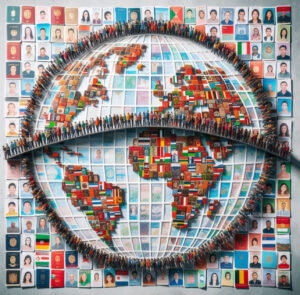

Immigration can be a challenging and demanding process for immigrants and their families. It can involve legal or illegal status, cultural adaptation, language barriers, discrimination, exploitation, or violence. Also, it can create educational opportunities, employment, entrepreneurship, innovation, or social integration. Some movies that portray immigration that you can watch to understand the concept better are:
- Scarface (1983) is a classic crime drama about Tony Montana (Al Pacino), a Cuban refugee who becomes a powerful drug lord in Miami.
- Children of Men (2006) is a sci-fi thriller about Theo Faron (Clive Owen), a former activist who tries to protect a pregnant woman from a society where humans have become infertile.
- Like Crazy (2011) is a romantic drama about two young Americans who fall in love while studying abroad in London.
What is diversity?
Diversity is the variety of differences among people regarding their backgrounds, cultures, identities, perspectives, experiences, abilities, or preferences. Moreover, it can enrich our lives by exposing us to new ideas, values, beliefs, practices, or lifestyles. Similarly, combining different skills, knowledge, and resources can foster creativity, innovation, and problem-solving.
As the U.S. Census Bureau stated, the U.S. had a mixed resident of about three hundred thirty million people in 2020. California, Hawaii, New York, Massachusetts, and Texas were the most varied states. The most diverse racial groups were Asian Americans, Hispanic or Latino Americans, Black or African Americans, White Americans, and Native Americans.
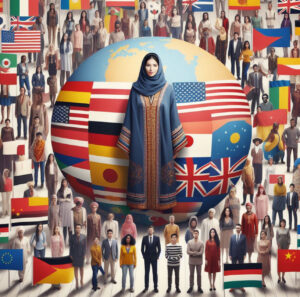

Diversity can be celebrated as a source of strength, unity, and beauty in our society. However, it can also challenge communication, cooperation, or inclusion among people with different backgrounds, cultures, or identities. Moreover, it can trigger conflicts, resentments, or prejudices among people who feel threatened, disrespected, or marginalized by others. To better understand the concept of diversity, some movies that portray it are the following:
- The Big Sick (2017) A comedy-drama about two young Americans from different cultures who fall in love and must overcome challenges to be together.
- Avalon (1990) A family drama based on the novel about a Jewish immigrant family in New York City in the early 20th century who struggle to survive, adapt, and assimilate into a hostile society.
- The Kite Runner (2007) An epic historical drama based on the novel by Khaled Hosseini about Amir, a privileged boy from Afghanistan who betrays his best friend Hassan, an orphan boy from a low-income family, and later tries to redeem himself.
What is technology?
It is the application of scientific knowledge, skills, tools, or methods to create, modify, or improve products, processes, systems, or services. Technology can positively or negatively impact our lives depending on how we use it, for what purpose, and with what consequences.
The World Bank said the global GDP was about $84 trillion in 2020. The top five countries in terms of GDP were the United States, China, Japan, Germany, and India. In addition, the top five sectors in terms of GDP were agriculture, industry, services, construction, and trade.
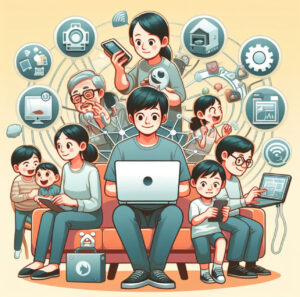

Technology can enhance our lives by providing convenience, efficiency, productivity, entertainment, or education. It can also improve our health, safety, communication, or security by enabling us to access information, services, or resources. Similarly, it can empower us to express ourselves, connect with others, or contribute to society.
However, it can also harm our lives by creating problems such as addiction, isolation, distraction, or inequality. It can also threaten our privacy, security, or autonomy by exposing us to cyberattacks, surveillance, or manipulation. Furthermore, it can challenge our values, norms, or identities by influencing our choices, behaviors, or beliefs. Some movies that portray technology are:
- The Matrix (1999) A sci-fi action film about Neo (Keanu Reeves), a hacker who discovers that his world is a simulated reality created by machines that enslave humanity.
- The Social Network (2010) A biographical drama about Mark Zuckerberg (Jesse Eisenberg), the founder of Facebook, who faces legal battles and personal conflicts with his former friends and partners.
How do these factors affect our relationships?
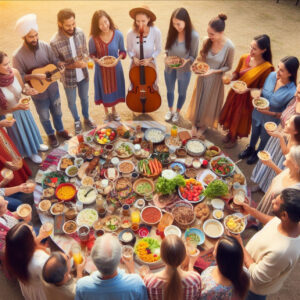

Immigration, diversity, and technology are not only individual phenomena but also social and cultural ones. They affect how we relate to our families in various ways, such as:
- Family structure. Immigration can change our families’ size, composition, and dynamics. It can create new family forms, such as blended, multigenerational, or single-parent families. Similarly, it can affect existing family structures, such as nuclear, extended, or same-sex families.
- Roles. Diversity can change family members’ expectations, responsibilities, and privileges. It can create new parts for some family members, such as caregivers, mentors, or advocates. Moreover, it can affect the existing roles of some family members, such as breadwinners, decision-makers, or leaders.
- Communication. Technology can change communication modes, channels, and content. Likewise, it can enable us to communicate with our family members across time and space. It can also affect the quality and effectiveness of our communication, such as by reducing face-to-face interactions, increasing distractions or interruptions, or creating misunderstandings or conflicts.
Some movies that illustrate these effects are as follows:
- The Pursuit of Happyness (2006) A story about Chris Gardner (Will Smith), a homeless salesman who labors to provide for his son while hunting his goal of becoming a stockbroker.
- The Help (2011) A historical drama based on the novel by Kathryn Stockett about a young white woman who works as a housekeeper for a wealthy black family in Mississippi during the 1960s and learns about their lives, challenges, and aspirations.
- The Social Network (2010) A biographical drama about Mark Zuckerberg (Jesse Eisenberg), the founder of Facebook.
Conclusion
Immigration, diversity, and technology are transforming our relationships in various ways. They can create new opportunities, challenges, and possibilities for our families. Also, they can enrich, challenge, or change our sense of identity, belonging, and connection. Similarly, they can shape our expectations, values, and behaviors as family members.
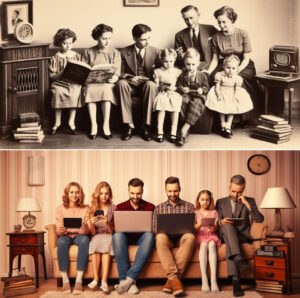

These factors are not static or isolated but dynamic and interrelated. They can interact with each other in complex and unpredictable ways. Likewise, they can influence each other in positive or negative ways. Therefore, we must be aware of these factors and how they affect our families. It is also essential to be open-minded, respectful, and compassionate towards ourselves and others who are different.
If you have any questions or comments on How Are Families Changing Now, please leave them below. Thanks for reading, and I’ll see you at the next one.

